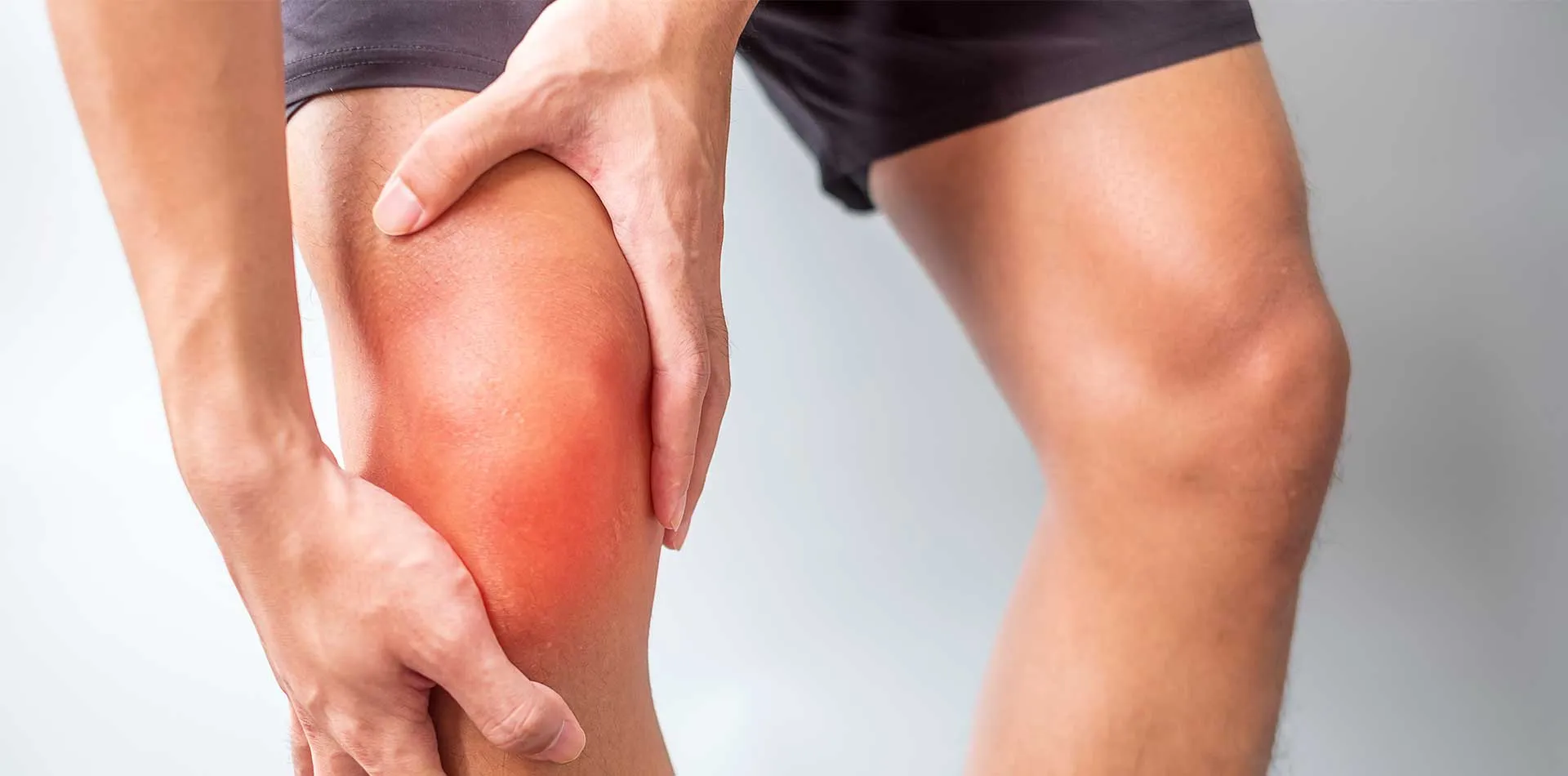
Patellar tendinitis or jumper's knee is an injury affecting the ligament between the kneecap and shinbone. The condition commonly affects athletes, especially those involving frequent jumping like basketball and volleyball, but anyone can get patellar tendinitis.
The patellar tendon helps the knee to function, allowing you to kick, run and jump. The treatment usually starts with physical therapy to stretch and strengthen the muscles around the knee.
Patellar tendinitis causes pain, usually between the kneecap and the tendon that connects with the shinbone. You experience pain in your knee when you begin physical activity or after an intensive workout. It, over time, will worsen and starts to affect daily activities like climbing stairs, rising from a chair and playing sports.
The knee pain is relieved with self-care measures like icing the area. Try to lessen or avoid activities that trigger the symptoms. Talk to the doctor if the pain continues or worsens, interferes in performing routine daily activities and is associated with swelling or redness around the joint.
Repeated stress on the patellar tendon causes tiny tears or damage to the muscle, resulting in Patellar tendinitis. Usually, the body tries to repair the damage, but when the tears in the tendon multiply, it causes pain due to swelling and the weakening of the ligament. And when this tendon damage endures for several weeks, it's called tendinopathy.
Several factors are causing patellar tendinitis, such as:
• Physical activity, including running and jumping, is usually associated with patellar tendinitis. The sudden rise in how hard or how frequently you engage in the movement will stress the tendon.
• Tight leg muscles - tight thigh muscles and hamstrings may raise the strain on the patellar tendon.
• Muscular imbalance - when a few muscles in the legs are stronger than others, the stronger muscles may pull harder on the patellar tendon, causing uneven pull resulting in tendinitis.
• Chronic illness may disrupt blood flow to the knee, weakening the tendon, such as kidney failure, autoimmune diseases or rheumatoid arthritis and metabolic diseases like diabetes.
When you ignore your body's warning signs and work through the pain, it may cause increasingly more significant tears in the patellar tendon. Knee pain and reduced function continue when you don't attend to the problem, causing more severe patellar tendinopathy.
Follow the below steps that may help in reducing the risk of developing patellar tendinitis:
• Don't stress and play during the pain. When there is exercise-related knee pain, ice the area and rest until the knee is the pain gone. Avoid activities that put stress on the patellar tendon.
• Strengthen the muscles. Strong thigh muscles can manage stresses that cause patellar tendinitis. Eccentric exercises that need one to lower the leg very slowly after extending the knee are beneficial.
• Improve the technique and use the body correctly; consider taking lessons or professional help before beginning a new sport or using exercise equipment.
Patient Experience